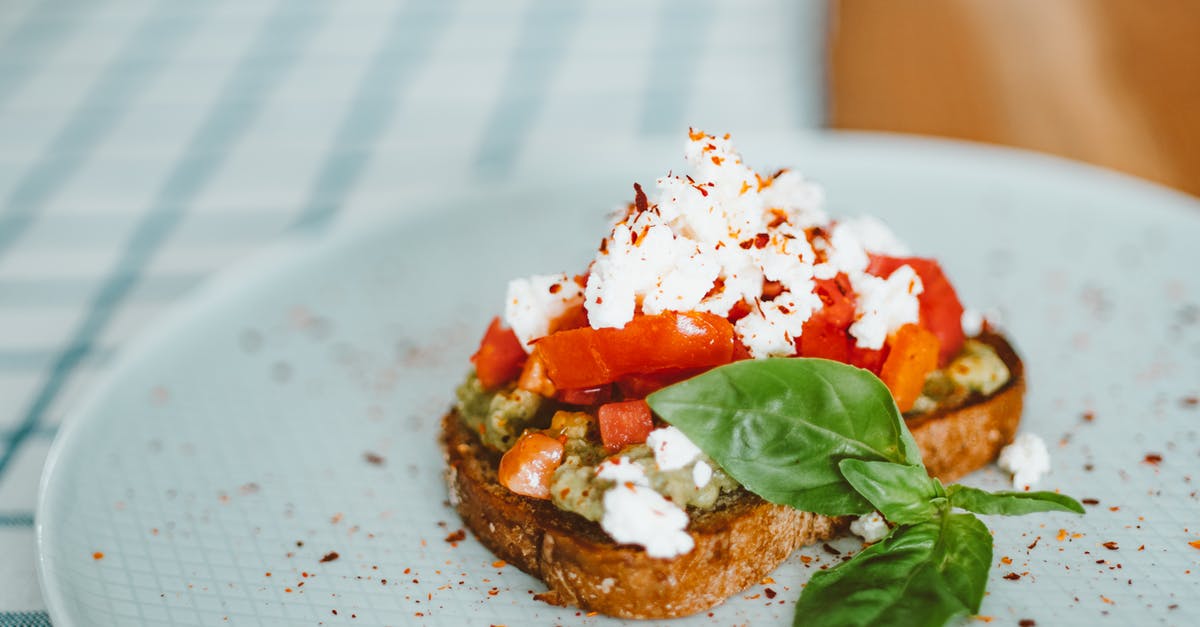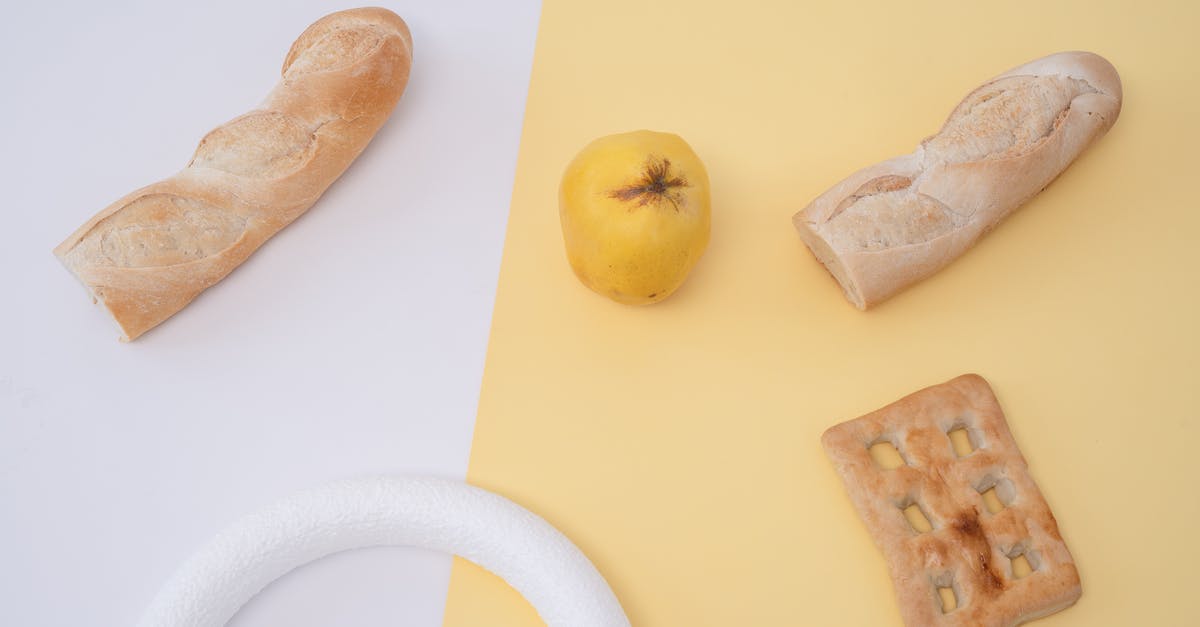Keto King Bread Rise Problem

I have scoured the net looking for answers but I can’t find any.
I’ve been making the Keto King bread and in my bread machine it just doesn’t rise much. It ALWAYS tastes great but doesn’t rise much.
So I’ve tried various different suggestions; changing yeast, water temp, ingredient amounts, proofing times..
None have worked. Someone I know has the same machine as me and their bread came out huge, I did it step by step (I found out I also hadn’t put as much honey in either so I matched that - 7g instead of the 4 I had been putting in) and it still came out small.
So I’m totally confused as to why this bread just wine rise.
The bread I’m making is here
The recipe:
1.25 cups of vital wheat gluten (190g/6.7oz)
1/2 cup of oat fiber (41g/1.45oz)
2/3 cup of golden flaxseed meal (70g/2.46oz)
1/2 tsp xanthan gum (2.5g/0.088oz)
1 tsp salt (6g / 0.21oz)
0 - 4 Tbsp powdered Sweetener (0g-60g/0oz-4oz : 30g/2oz is a good amount)
1 Tbsp active dry yeast (8g/0.28oz)
1 cup slightly warm water (23C - 25C / 73.4F - 77F) (240ml/8.1oz)
2 eggs (lightly beaten)
1 tsp honey (7g/0.25oz)
2 Tbsp butter (30g/1.05oz)
Any help or suggestions would be amazing, thank you.
Best Answer
First off, "Keto King's" bread recipe is basically an (unchanged) ripoff of Diedra's Ultimate Keto Bread version 1.0. Since version 1.0, she developed a much improved Ultimate Keto Bread v2.0. I've made that recipe probably a hundred times and have also tried tweaking many of the ingredients in order to better understand their overall effect. I can offer the recipe I now use, including how the ingredients work together, and also troubleshooting tips if you're still having issues.
Ultimate Keto Bread 2.x
86 g finely ground golden flaxseed meal
94 g oat fiber
164 g vital wheat gluten
6.4 g Kosher salt (or any salt)
16 g instant dry yeast
1 Tbsp non-nutritive sweetener (more or less as desired)
8 g honey
1 cup (237 g) warm water (100º - 120º F)
2 eggs (room temp, lightly beaten)
2 Tbsp butter (room temp)
Directions:
Preheat oven to 375 F.
Mix all the dry ingredients (including the yeast) together thoroughly. You want these ingredients to be room temperature. Since flaxseed meal should be refrigerated (and I also refrigerate vital wheat gluten), you may need to warm them slightly. This helps them hydrate more quickly and evenly.
Warm the eggs to room temperature, break and beat them slightly.
Heat the water to 100º - 120º F and then add to the honey and stir to dissolve it completely.
Add the water/honey mixture to the eggs slowly, tempering to make sure the eggs don't scramble.
Add the wet ingredients to the dry and mix.
Begin kneading the dough and then add the butter. Continue kneading the dough in a stand mixer, by hand, or in a bread machine for 7 - 13 minutes.
Some notes on changes I made to this recipe compared to Keto King's recipe: I've omitted the xanthan gum, as it's basically a cheat in order to try to trap the gasses produced by fermentation. These gasses are normally trapped by the gluten network, provided it is strong enough and sufficiently developed. The problem with xanthan gum is that the network it creates competes with the vital wheat gluten for water, and can actually prevent the gluten network from developing sufficiently.
Another change I've made is to specify instant dry yeast instead of active dry yeast, and to include the yeast in the dry ingredients. Proofing the yeast separately is a hassle and isn't really necessary.
Okay, onto troubleshooting.
Failure to rise could be caused by a couple things. First, make sure your yeast is good if you're unsure. (Add some instant dry yeast to warm water and add sugar or honey; it should foam if the yeast is good).
If the yeast is good, then the main culprit is insufficient gluten development. Despite having a massive amount of vital wheat gluten (probably 50% of the total flour weight), sufficient gluten development is not easily guaranteed. To understand why, you need to understand how the flaxseed meal interacts with the VWG. When you add warm water to flaxseed meal, the soluble fiber creates a mucilage network that competes with the gluten network. Unlike with the xanthan gum, this milder competition is a good thing: it prevents the loaf from becoming one big rubbery mass from all the VWG. It takes me a good 10 - 13 minutes of kneading by hand to sufficiently intertwine these 2 different networks to create a matrix that's capable of trapping fermentation gasses.
If you were to use too much flaxseed meal and not enough VWG, it's possible that the gluten network wouldn't be strong enough to contain the gasses, and they'd simply escape out of the loaf and into the air.
Another issue with the flaxseed meal is that if it's too coarse a grind, the large seed shell fragments can slice through the gluten strands thereby weakening it and preventing sufficient development. Bob's Red Mill is a notoriously coarse grind. If you have a blender, or food processor, you can try grinding it a bit finer (freeze the flaxseed meal first before grinding, to counteract the heat generated during grinding -- too high of heat can accelerate the fats in flaxseed meal turning rancid). I also filter mine through a fine window screen to help weed out large fragments which I then regrind. If you must use a coarse grind, you might experiment with using a slightly lower amount (say, 10 g - 15 g less).
The other possible issue is the amount of variance possible if you're using volumetric measurements. That's why I've specified grams for most ingredients. While the amount of insoluble oat fiber can probably be varied quite a bit (say, 50 g - 110 g) without having much effect on the end result, the amounts and ratios of flaxseed meal to vital wheat gluten are quite important.
I've never used a bread machine, so I'm not sure how you might do something comparable to this: After placing the loaf in a prepared loaf pan, I'd spray the top with non-stick spray and cover with plastic wrap. When gluten development is insufficient and the overall rise is poor, when I peel back the plastic wrap, I can usually hear air bubbles escaping the top of the loaf.
With sufficient gluten development, you can get a good rise and good oven spring.
Pictures about "Keto King Bread Rise Problem"



Why does Keto bread not rise?
If you've made keto bread before, moisture is a common issue. The reason it's moist is not the extra eggs or water used to make the dough \u2014 on the contrary, these are both essential for texture and for the bread to rise.Why does my bread not rise as much?
8 reasons why your bread dough is not rising:Yeast needs to be warm - not too hot, not too cold. Yeast is too cold If the other ingredients are too cold, it could cause some of the yeast to die. Was the dough kneaded properly? Dough may not have been kneaded enough.How do I get my bread to rise higher?
Adding 2 tablespoons instant dry milk powder per loaf of bread will help your bread rise higher, stay soft, and hold the moisture longer. That means it won't get stale as quickly. Dry milk powder creates a more golden brown crust and improves nutrition, too.Does almond flour rise with yeast?
No, almond flour doesn't rise with yeast because of its low carbohydrate count. In this recipe, the almond flour gets its quick bread rise from the baking soda and eggs, but without that eggy taste.The BEST Keto Bread EVER! (Oven version) | Keto yeast bread | Low Carb Bread | Ketogenic Bread
Sources: Stack Exchange - This article follows the attribution requirements of Stack Exchange and is licensed under CC BY-SA 3.0.
Images: Tima Miroshnichenko, ROMAN ODINTSOV, Marina Leonova, Marina Leonova
